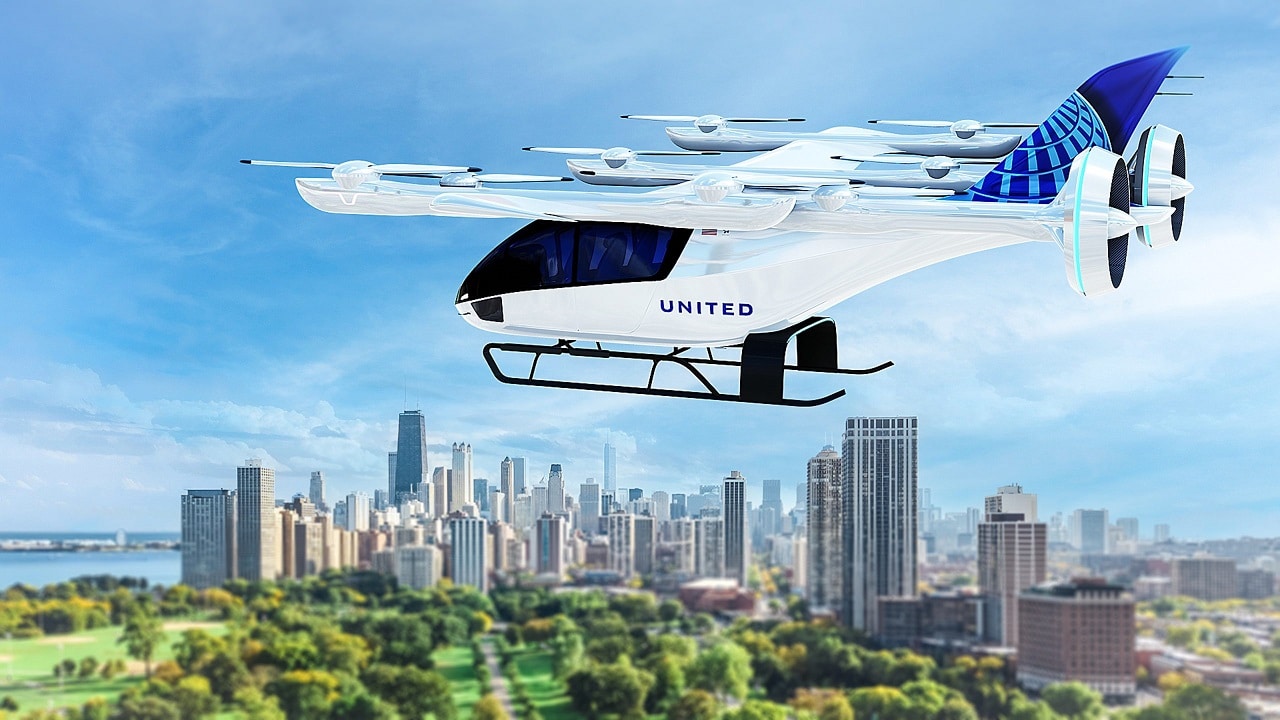Aerospace
Eve Air Mobility Names Three eVTOL Suppliers

PARIS – June 18, 2023 — Eve Air Mobility (“Eve”) (NYSE: EVEX, EVEXW) today named the first three suppliers for its electric vertical take-off and landing (eVTOL) aircraft. Nidec Aerospace LLC, a joint venture between Nidec Corporation and Embraer, will provide the electric propulsion system, BAE Systems will provide an advanced energy storage system and DUC Hélice Propellers will supply the rotors and propellers for the eVTOL.
“The announcement of the first suppliers is a key milestone in the development of our eVTOL aircraft,” said Andre Stein, co-CEO of Eve Air Mobility. “As we advance toward entry into service, our goal is to make sure that we produce and deliver a mature aircraft that not only exceeds expectations but enables our customers to operate safely and efficiently with the lowest cost of operation.”
Nidec Aerospace LLC, a joint venture between Japan’s Nidec Corporation (TSE: 6594; OTC US: NJDCY) and Brazil’s Embraer (B3: EMBR3, NYSE: ERJ), will develop the electric propulsion system for Eve’s eVTOL. Nidec Corporation, the world’s leading comprehensive motor manufacturer, will be backed by Embraer’s more than 50-year history of aerospace experience to design, certify, produce, and commercialize next-generation electric propulsion systems based on well-proven technologies.
“We are excited to have Eve as our launch customer for Nidec Aerospace’s new electric propulsion system,” said Michael Briggs, senior vice president and president of the Motion & Energy Business Unit at Nidec. “With our cutting-edge technologies, Nidec Aerospace and Eve together are well-positioned to drive and accelerate advances in electrified urban air mobility towards a more sustainable future.”
BAE System’s energy storage system will be integrated into Eve’s eVTOL and will allow the aircraft to efficiently operate with zero emissions and low noise. The new energy storage system leverages the company’s more than 25 years of experience in providing dependable electric power and propulsion for transit buses and other heavy-duty vehicles. That experience combined with their history of developing flight critical control systems for aerospace is ideal for Urban Air Mobility (UAM) applications that depend on safety, reliability and efficiency.

Aerospace
Boeing Transfers Rocket Stage to NASA, Paving Way for Human Moon Mission

Boeing has achieved a significant milestone by providing NASA with the second core stage of the Space Launch System (SLS) rocket.
This crucial component, crafted at NASA’s Michoud Assembly Facility (MAF), is set to propel the Artemis II crew into lunar orbit, marking humanity’s return to deep space after a 50-year hiatus.
The monumental Boeing-built rocket stage, the largest element of the Artemis II mission, will embark on a journey aboard the Pegasus barge, traveling 900 miles to NASA’s Kennedy Space Center.
Comparison of two legendary aircraft B777x vs B747 aircraft:Click here
Upon arrival, it will be meticulously integrated with other essential Artemis II components, including the upper stage, solid rocket boosters, and NASA’s Orion spacecraft within the iconic Vehicle Assembly Building. This intricate integration process is a vital step toward the eagerly anticipated Artemis II launch, slated for 2025.
“Boeing-built products helped land humankind on the moon in 1969, and we’re proud to continue that legacy through the Artemis generation,” remarked Dave Dutcher, vice president and program manager for Boeing’s SLS program. “Together, with NASA and our industry partners and suppliers, we are building the world’s most capable rocket and paving the way to deep space through America’s rocket factory in New Orleans.”
NASA, Lockheed Martin Reveal X-59 Quiet Supersonic Aircraft:Click here
The delivery of Core Stage 2 marks a significant achievement in the evolution of the SLS rocket. Towering over 200 feet and powered by four RS-25 engines, this core stage, coupled with two solid-fueled booster rockets, will generate a staggering 8.8 million pounds of thrust. This immense power is crucial to launching Artemis II and future missions into the vast expanse of space.
The SLS rocket stands unparalleled in its capability to transport both crew and substantial cargo to the moon and beyond in a single launch. Its extraordinary capacity will facilitate the delivery of human-rated spacecraft, habitats, and scientific missions to destinations including the moon and Mars, ushering in a new era of space exploration.
-

 Travel1 week ago
Travel1 week agoAir India to Expand US Operations with Three New Routes After a Decade
-

 Travel2 weeks ago
Travel2 weeks agoWhy We Should Avoid These Stamps in a Passport
-

 Airlines1 month ago
Airlines1 month agoInvestigations Reveal Fake Chinese Titanium in Boeing and Airbus Jets
-

 Tech4 weeks ago
Tech4 weeks agoChina’s CATL Plans 1,800-Mile Electric Plane Launch by 2027
-

 Airport3 days ago
Airport3 days agoTop 10 Largest Airports in the World by Size
-

 Aerospace4 weeks ago
Aerospace4 weeks agoChina’s Fighter Jets Turn Wings into Autonomous Drones
-

 Airlines4 days ago
Airlines4 days agoAir India Rolls Out A350s for Delhi-New York JFK and Newark Routes
-

 Defence3 weeks ago
Defence3 weeks agoBoeing Enhances Chinook with New Engines and Block II Upgrades at $96 Million







